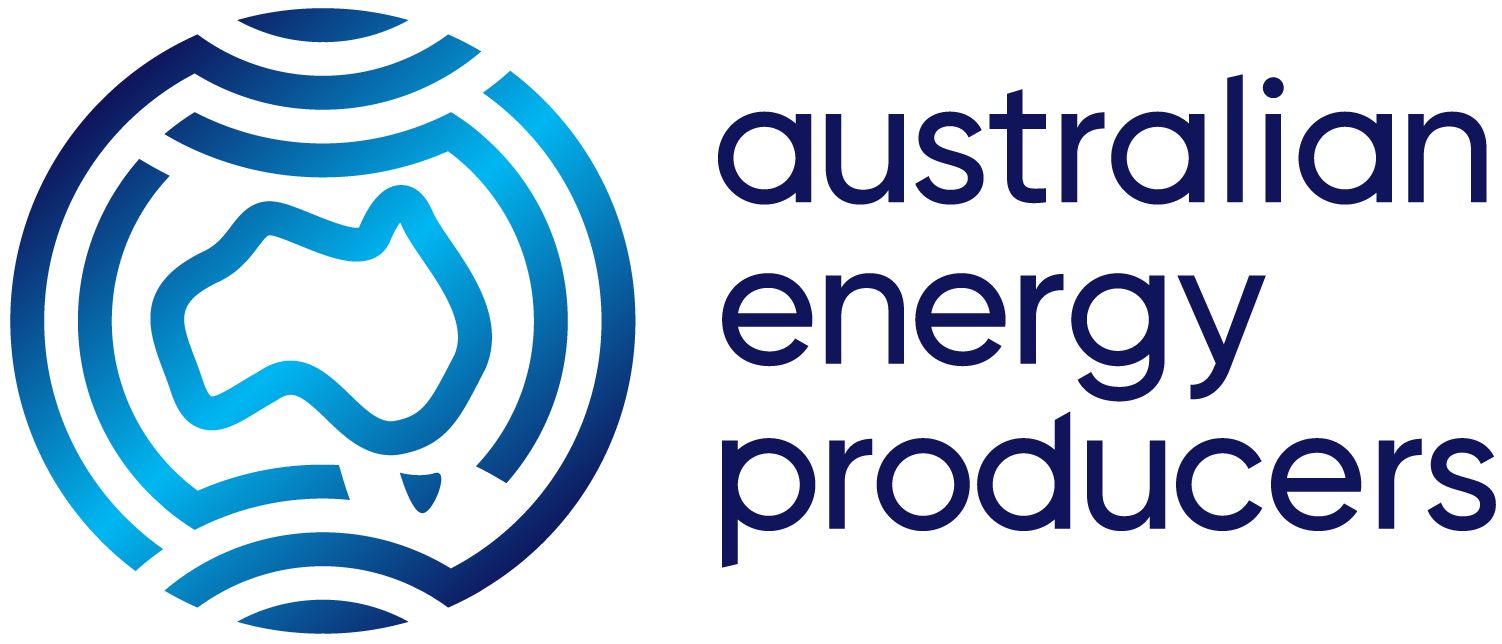17 Aug 2020
ACCC confirms lower gas prices and more supply for domestic market
The latest Australian Competition and Consumer Commission’s (ACCC) Gas Market Inquiry 2017-2025 report has confirmed for the eighth consecutive time that there is no shortfall in the domestic gas market.
The ACCC report again highlighted actions taken by the oil and gas industry to bring more natural gas into the local market will continue natural gas supply, ensuring domestic gas supply with a surplus of gas available to the domestic gas market.
APPEA Chief Executive Andrew McConville said despite facing strong headwinds including COVID-19 and the most challenging market conditions in a generation, the industry has increased the flow of gas to the east coast domestic market and this will continue.
“The ACCC has found that domestic prices have continued to fall, with most price offers now in the range of $8-10/GJ, with more recent offers below $7/GJ. Producers – particularly LNG producers – have made significant volumes of additional gas available to the local market,” Mr McConville said.
“The industry will welcome the opportunity to again discuss the differences between spot gas markets and longer-term contract markets and the factors[1] that mean different price outcomes are observed in those markets. As the ACCC has itself noted on numerous occasions, the LNG spot netback price is not ‘setting a level of gas prices in the east coast gas market or any other market in Australia’.”[2]
“It is also the case that spot LNG cargoes are priced differently from longer-term LNG contracts, with prices realised by Australian LNG exporters significantly higher than domestic gas prices.”
The Australian Energy Regulator report, released on Friday last week, showed gas prices at their lowest level since 2015-16, with spot prices consistently below LNG netback prices. It also showed more competition in the gas markets meant cheaper gas travelled to where it was needed, with an increase in trade and competition contributing to lower prices.
Mr McConville said: “The 2018 agreement between LNG producers and the Australian Government has ensured uncontracted gas sold into international spot markets was offered to domestic customers first. The industry continues to meet in full the commitments provided to the Government in 2017 and reaffirmed in 2018.
“It’s within that context the industry will carefully consider any request from Government regarding the merits of extending the Heads of Agreement that was signed in 2017 and extended in 2018.
“The latest report also highlights the ACCC’s concern that customers in NSW and Victoria continue to pay more for gas because of State government restrictions on developing local gas resources. Importing gas from Queensland can add $2 to $4/GJ to the price paid by consumers in southern states.
“The best way to ensure competitive gas prices is more supply and more suppliers – and developing gas resources closest to local markets.”
Mr McConville said: “As various parts of Australia look to economic recovery, the oil and gas industry continues to ensure vital energy supplies and energy security is maintained.
“Going after a vigorous reform agenda, ensuring open and competitive markets and a tax system that helps maintain our international competitiveness can see industry and governments work together to support the positive role the oil and gas industry can play in contributing to economic recovery.”
[1] Among these factors are the other costs (shipping, retail) involved in delivering gas to customers, contract terms, risks, views on commodity forecasts and exchange rate movements and cost structures. It also the case that many overseas customers take equity positions in LNG projects sharing risks and costs in a way that domestic customers generally do not.
[2] See www.appea.com.au/wp-content/uploads/2018/10/Fact-Sheet-Understanding-LNG-netback-prices-1.pdf for more information on LNG netback prices and how they relate to Australian domestic gas prices.

